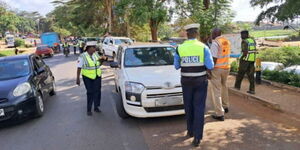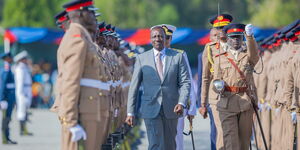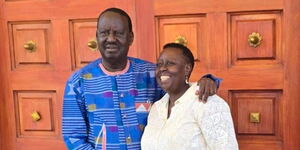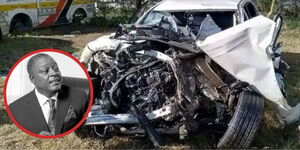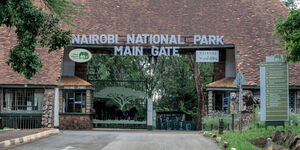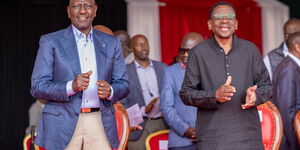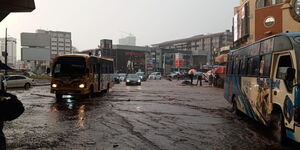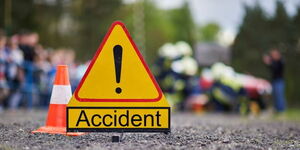The government has started preparing the construction of the Nairobi Railways City which is expected to expand the Central Business District and maintain the city’s competitiveness as an economic hub.
Nairobi County Assembly is resuming sittings on February 9, and one of the pending issues in the MCAs’ in-tray is the Nairobi Railways City Land Use Plan.
According to the masterplan provided by the government, the Kenya Railways Corporation, Ministry of Transport and Infrastructure and Nairobi Metropolitan Services NMS are collaborating on the project.
The location of the new Ksh 27.91 billion city is the area enclosed between Haile Selassie Avenue, Uhuru Highway and Bunyala Road, covering Starehe, Kamukunji, and Makadara sub-counties.
The Nairobi Railway city will include multi-modal transit stations, mixed-use/ commercial buildings, international offices, SME cluster and high tech industry buildings, residential buildings, community and government buildings, green open space and plazas, and non-motorized/ pedestrian walkways.
The centre will enjoy seamless connectivity with the commuter rail and the Bus Rapid Transport system.
Water demand for the proposed city is projected as 7,480 metric cubes /day once fully developed; water recycling for flushing of toilets has been proposed at the Meetings, Incentives, Conferences and Exhibitions centre, the central station area and residential areas.
The recycled water will also be used to irrigate the green areas. Rainwater will be collected and stored in the underground tank below the proposed railway station.
There are plans to construct a substation to provide a projected 133 megavolt amperes to serve the railways city. The government will also advocate for use of integrated solar lighting and power-saving appliances.
Communication infrastructures shall employ the use of fibre optic technology for connectivity.
The 1st phase of the construction is supposed to be completed by 2030, the 2nd phase 2035 and 3rd phase 2040.
The total cost of construction is estimated to be Ksh 27.91 billion.
Wakulima Market will be turned into a park while Africa's largest coffee mill at KPCU would be rehabilitated into a 'Kenyan Coffee Center'.
The Technical University of Kenya which falls in the zone would also be turned into a Techno Research and Development Institute.

Former MP Dies News Just In

